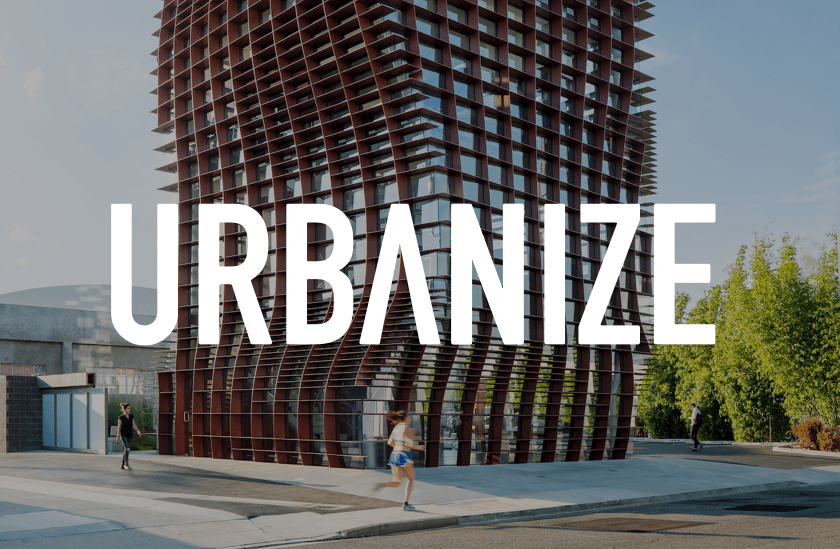The Commission on Chicago Landmarks has passed a resolution to formally review the Century and Consumer Buildings at 202 S. State and 220 S. State. Located at the corner of W. Adams St and S. State St, the unanimously approved resolution may lead to a potential landmarking of the towers, teeing up a standoff between the City of Chicago and the federal government.
Presented through an informational presentation during the commission’s July meeting, the buildings have come into the spotlight after Congress approved $52 million for the demolition of the two towers. Since the announcement of the funding, extensive press coverage has followed, including the addition of the buildings to Preservation Chicago’s annual Most Endangered Buildings list and Landmarks Illinois’ similar endangered buildings list. According to landmarks staff, the two towers were suggested to the Program Committee for landmark designation and a large number of communications to staff have been made requesting landmark designation.
Located at 202 S. State, the Century Building holds the corner of W. Adams St and S. State St. Built in 1915-16 with Holabird and Roche as the architects, the 16-story white terracotta tower remains relatively unchanged. Built from 1911 through 1913, the Consumers Building stands at 220 S. State and was designed by Mundie and Jensen out of white terracotta. Adding to the concentration of terracotta-clad skyscrapers, both buildings are part of the National Register’s Loop Retail Historic District.
With the Dirksen Courthouse building sharing the block with the towers, the General Services Administration (GSA) purchased the Century and Consumer Buildings in 2005 alongside the other State St-facing structures on the block. The Berghoff is the only establishment on the block not owned by the federal government. An RFP was issued by the GSA in 2015 for the towers, but the development did not move forward.
Hon. Rebecca Pallmeyer, chief judge of the Northern District of Illinois, joined the meeting to answer questions and represent the district court. Pallmeyer outlined the government’s plan to demolish the towers and replace it with open green space, citing security concerns for the courthouse and the effort to create a security buffer zone. While advocating that the demolition would open up the State St corridor and execute Mies van der Rohe’s vision for an open plaza that would open up to State St, Pallmeyer acknowledged the legal obligations for the court and GSA to seek viable alternatives before going through with demolition.
During the discussion, Commissioner Burns asked if the Chicago Archives Center proposal spearheaded by Preservation Chicago had been formally submitted and presented to the GSA. Pallmeyer stated that, to her knowledge, no formal proposal has been submitted but she would like to have it be presented to them. The plan calls for the adaptive reuse of the towers into archive space for religious organizations which could provide a center for religious studies and research in addition to storage space.
As also mentioned by Pallmeyer, a letter submitted by the GSA outlined the process required before demolition. The GSA and district court will go through several reviews to explore viable alternatives to demolition. Expected to begin late this summer or early in the fall, a public process will include community meetings to discuss the buildings. At the local level, landmarks staff will now prepare a report for the next Commission on Chicago Landmarks meeting which may lead to an official preliminary landmark report, setting up a potential landmark recommendation to the City Council.











